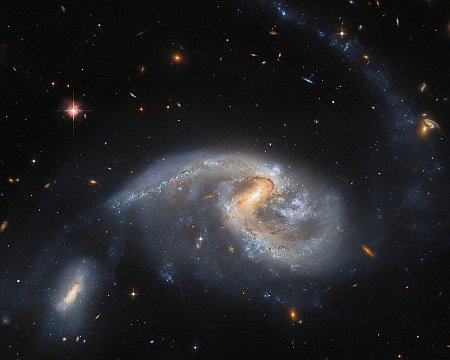April 1, 2024 Quick space links
Courtesy of BtB’s stringer Jay. This post is also an open thread. I welcome my readers to post any comments or additional links relating to any space issues, even if unrelated to the links below.
- Pipeline issue in ground systems caused Delta-4 Heavy scrub last week
Launch is now scheduled for April 8, 2024.
- Video of Russian Soyuz-2 launch this past weekend
I’ve cued to about T-30 seconds. Some beautiful footage.
- US court asks India to pay $132 million to Deutsche Telekom in Devas Antrix case
Don’t ask me to explain this. The Devas Antrix legal case has been wandering through various international courts since 2005, and I have never been able to find a clear explanation for the court battles. What I do know is that it involves Antrix, what was then the commercial arm of India’s ISRO space agency, and a number of international companies, all of which have sued when the project was canceled.
- China touts a facility supposedly developing and testing electric satellite propulsion
Commercial satellites have been using this technology now for probably two-plus decades.
Courtesy of BtB’s stringer Jay. This post is also an open thread. I welcome my readers to post any comments or additional links relating to any space issues, even if unrelated to the links below.
- Pipeline issue in ground systems caused Delta-4 Heavy scrub last week
Launch is now scheduled for April 8, 2024.
- Video of Russian Soyuz-2 launch this past weekend
I’ve cued to about T-30 seconds. Some beautiful footage.
- US court asks India to pay $132 million to Deutsche Telekom in Devas Antrix case
Don’t ask me to explain this. The Devas Antrix legal case has been wandering through various international courts since 2005, and I have never been able to find a clear explanation for the court battles. What I do know is that it involves Antrix, what was then the commercial arm of India’s ISRO space agency, and a number of international companies, all of which have sued when the project was canceled.
- China touts a facility supposedly developing and testing electric satellite propulsion
Commercial satellites have been using this technology now for probably two-plus decades.


